History of Grapevine Public Library from 1971-1990
The 1970 census counted 7,023 individuals in Grapevine. The current library quarters were becoming too cramped, so City Council considered the feasibility of purchasing the old First National Bank building for a City Library and architects’ drawings of the building showing conversion to a library were reviewed. Further discussion was delayed pending additional studies. In November 1971, a motion was made in Council to authorize the City Manager to get plans drawn on a building for the library. On November 16, Council instructed the City Manager to proceed with library plans by architect Oliver Tucker. In February 1972, Mr. Tucker presented plans for the proposed library building to Council. A motion was made to accept bids on March 7. The new library was to be built north of the Police Department building. All bids for a new library building were rejected for being too high. In April, Mr. Tucker discussed...




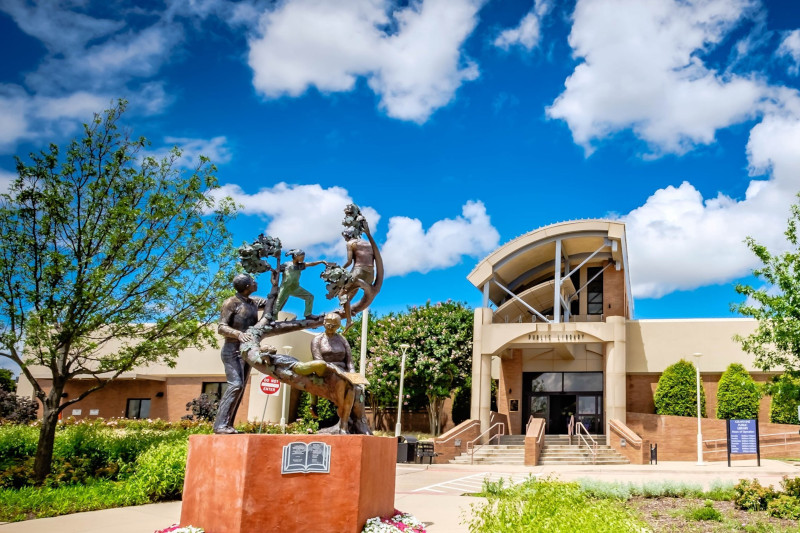
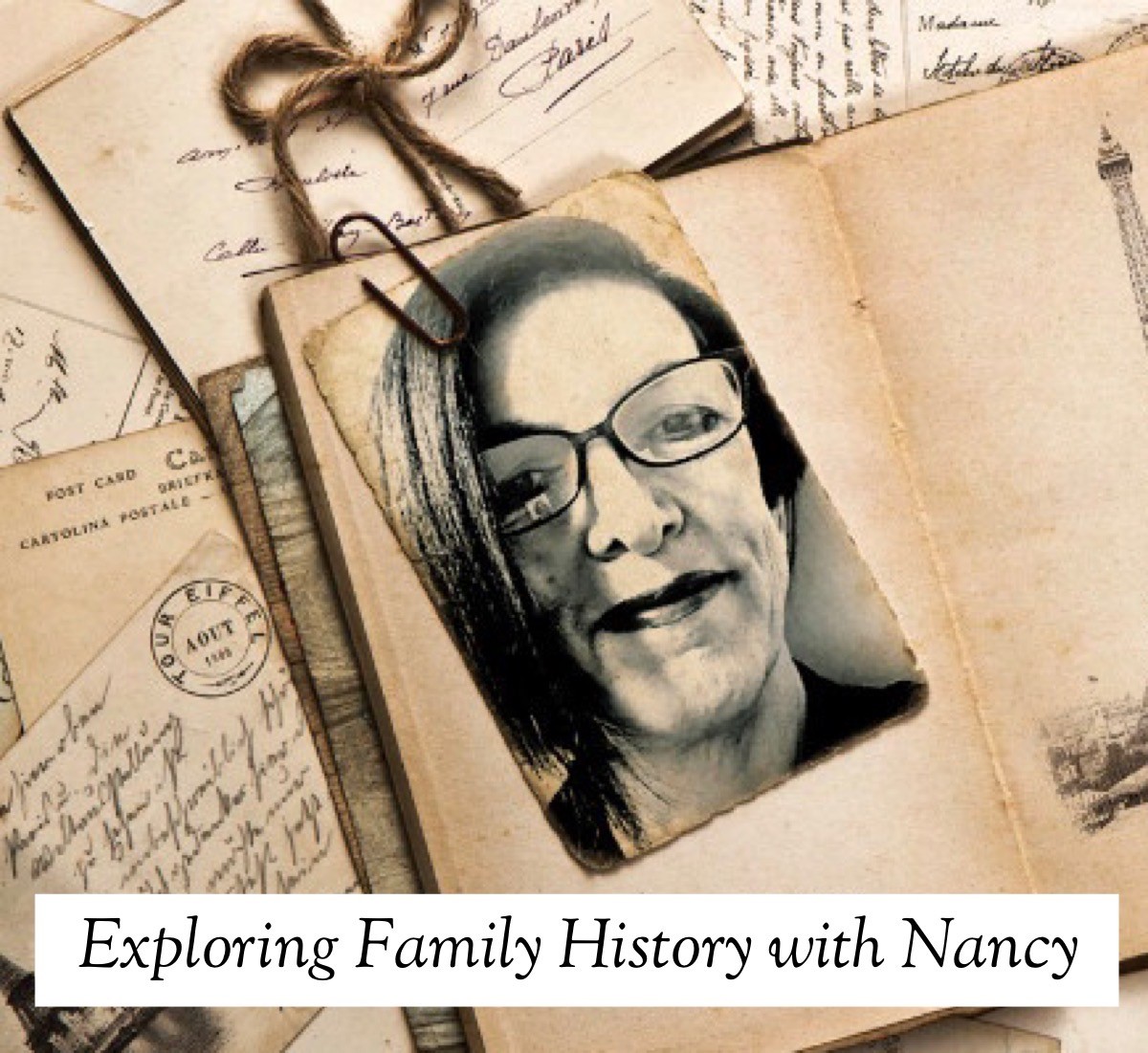

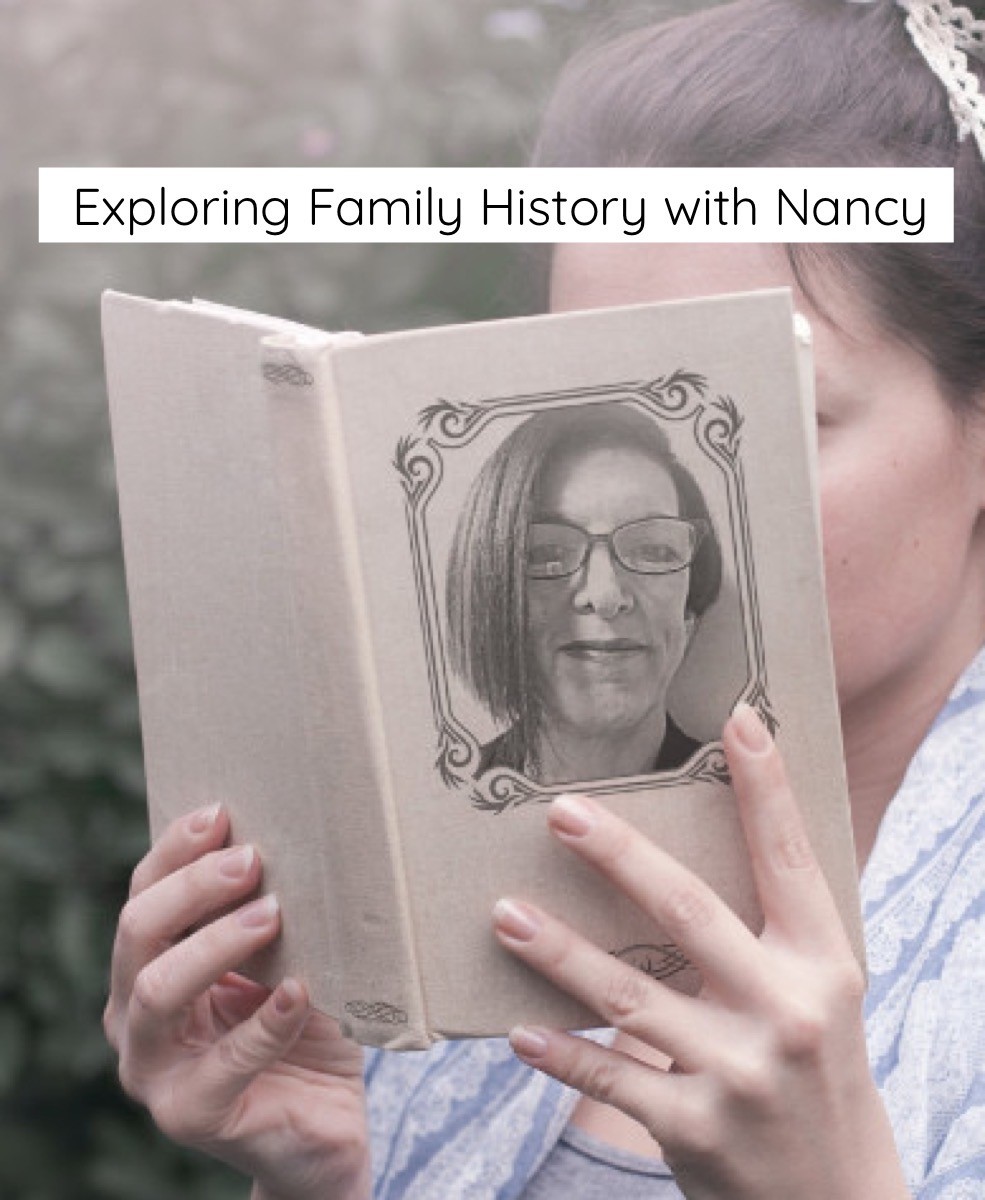
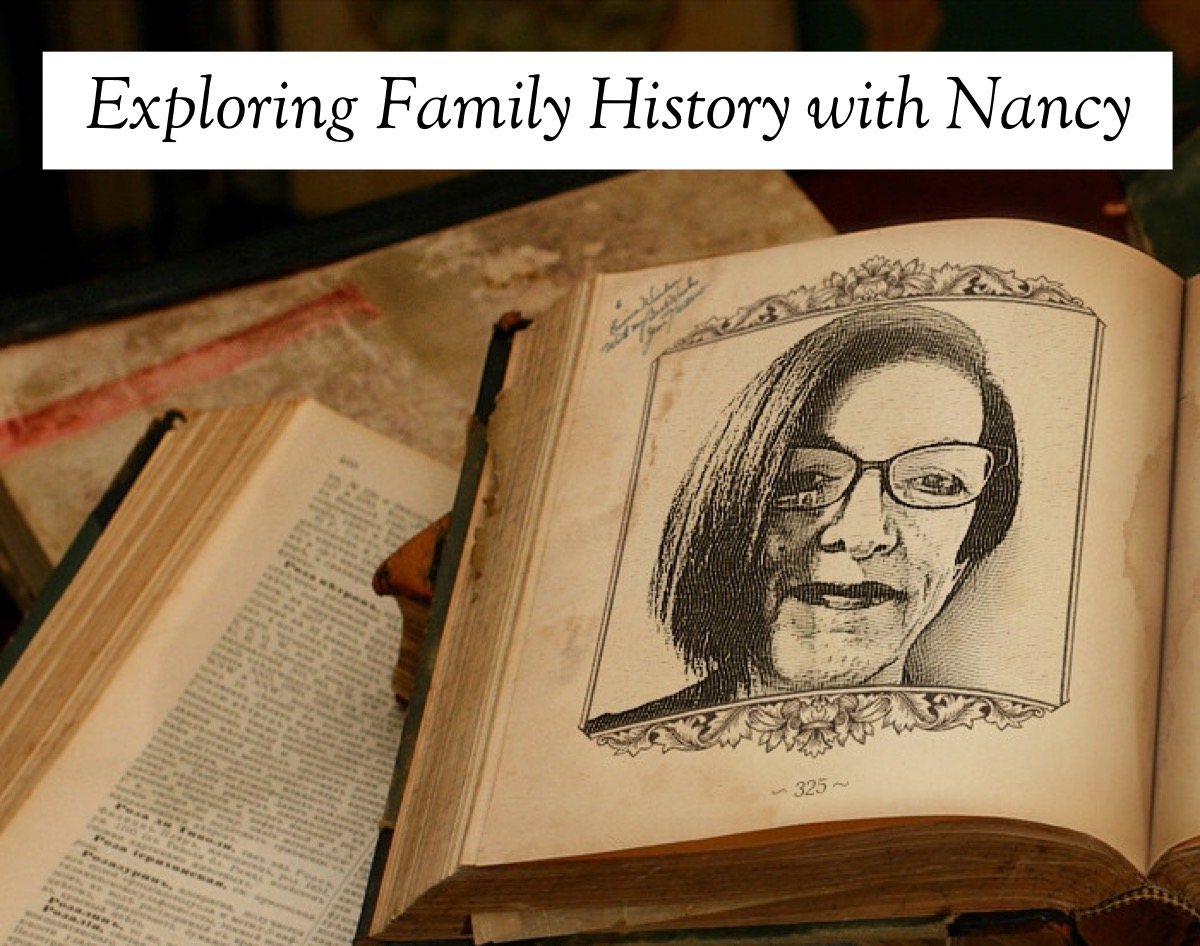

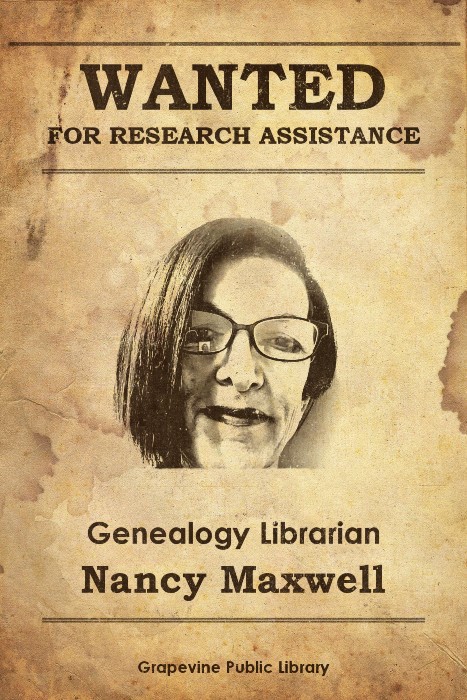
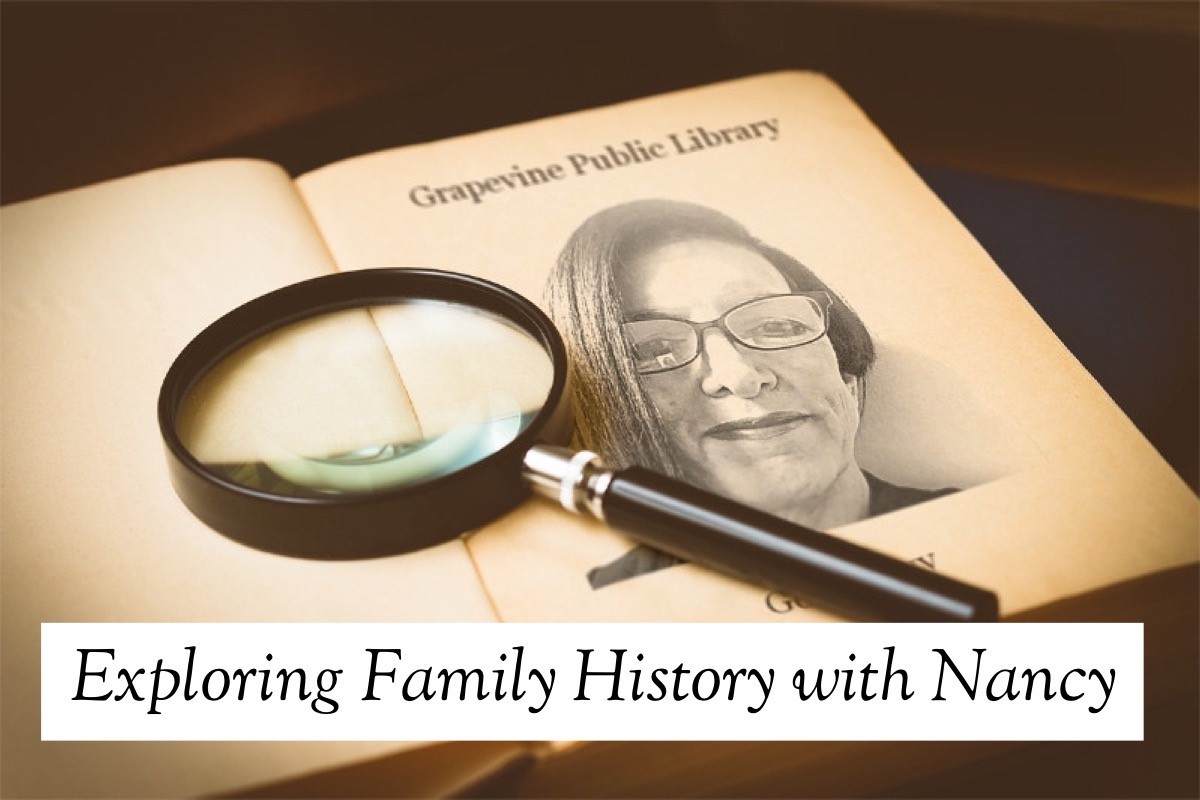
Recent Comments